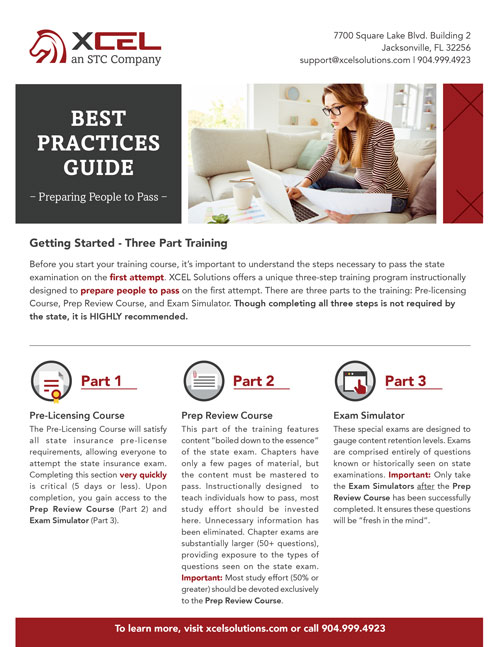Most of your clients will probably be unaware of umbrella insurance. In short, it’s an additional liability insurance that provides them with much more coverage than regular insurance. Think of it as an extra layer of financial security. Umbrella insurance comes with a wide range of benefits, but when should you offer this type of insurance to a client?
1. Your Client is Buying a Home
When someone is about to purchase a home, he or she will seek out insurance products like homeowner’s insurance. As an insurance agent, this is your chance to make them aware of personal umbrella insurance. Explain that it could provide extra coverage in the event of an emergency, for example.
At first, your client might think that personal umbrella insurance is an unnecessary expense. But this isn’t the case. Umbrella insurance suits homeowners who want full liability protection — something that other insurance policies just can’t provide. This type of insurance supplements base liability insurance.
“Many businesses purchase a commercial umbrella because they need more protection against large losses than their primary policies can provide,” according to The Balance Money. “While any firm can be hit with a large claim, some businesses are more vulnerable to catastrophic losses than others. Examples are construction contractors, tree trimmers, and crane operators.”
2. Your Client is at Risk of Being Sued
If your client is at risk of being sued, you should explain the benefits of umbrella insurance. This type of insurance is perfect for someone like a landlord, who may need extra liability protection in the event of a lawsuit.
“Many clients reject the idea of increased liability protections because they believe their odds of involvement in a costly lawsuit is low,” said Think Advisor. “While this may be true, this is a conflation of odds and risk — and the risk to a client’s finances can be devastating if a lawsuit award exceeds the liability limits of their insurance policies.”
Umbrella insurance can provide your clients with the peace of mind they need. It protects them against financial disasters and could help them avoid litigation.
3. Your Client Wants to Save Money in the Long Run
Yes, umbrella insurance will require an initial outlay, but it could save your client money in the long run. Expensive lawsuits could cost thousands — or hundreds of thousands — of dollars. But umbrella insurance covers many of the costs associated with liability protection.
Umbrella insurance is relatively inexpensive, too. Depending on the policy, this type of insurance could cost as little as $100 a year — far cheaper than many car insurance policies.
“More liability insurance doesn’t cost a lot if you compare it to the value of the coverage you get. You’ll also be paying for peace of mind—a few hundred dollars per year in exchange for $1 million of financial protection is the cheapest million dollars you’ll ever buy” says The Balance.
These are just three examples of when your client might need umbrella insurance. As an insurance agent, it’s important to illustrate how this policy could provide your client with a whole host of financial benefits.




